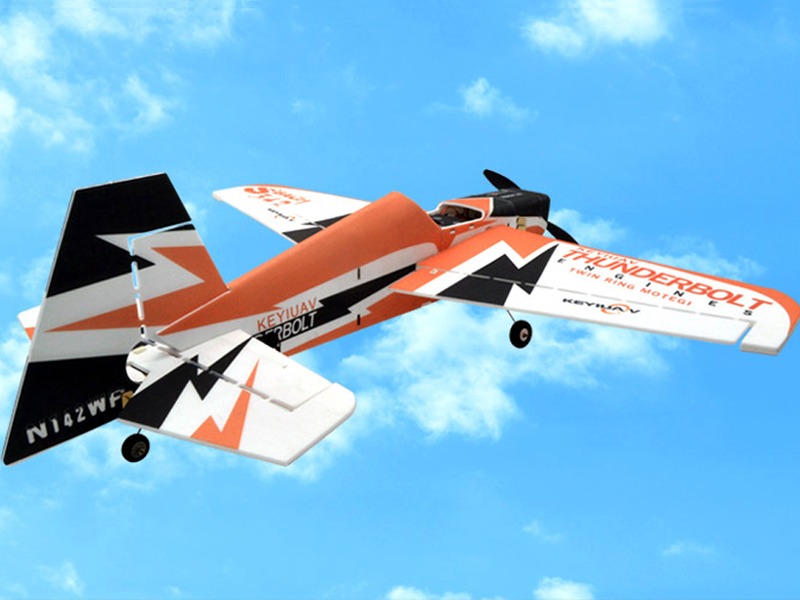How do RC planes land on water?

Remote control (RC) planes that are designed to land on water are typically made with several specific features that allow them to do so. First and foremost, these planes are equipped with floats. Floats are typically made of foam or rigid materials and are placed underneath the wings to provide buoyancy. This allows the plane to remain afloat and facilitates a gentle landing on the water.
In addition to the floats, RC planes designed to land on water are also fitted with a landing gear system. This system boasts a retractable skid that is designed to absorb the impact of landing on the water and then retract once the plane is safely afloat. This type of landing gear helps to keep the plane from skidding or flipping upon touchdown.
For the actual landing, the pilot will typically position the plane into a shallow angle of attack so that it can descend slowly and gently onto the water. This angle of attack is typically at or below the level of the horizon in order to avoid stalling the plane before it reaches the water’s surface. As the plane touches down, the pilot will reduce the throttle to slow it down before it begins to float.
In addition to the landing gear and floats, the type of aircraft is also an important factor when it comes to landing on water. RC planes designed for water landings are typically designed with a low wing loading and a high wing aspect ratio. This helps to reduce the risk of stalling during the descent and also helps to increase aerodynamic lift. Also, planes that are designed for water landings are typically fitted with larger control surfaces such as flaps, ailerons, and elevators. This helps to provide added control during the descent and the landing.
Lastly, the pilot needs to consider wind speed, direction, and turbulence when landing an RC plane on water. If the wind is too strong, it can cause the plane to drift away from its intended landing spot or cause it to flip over upon landing. If the wind is too weak, it can cause the plane to descend too quickly and stall out before reaching the water’s surface. It is therefore important to take the wind conditions into account when planning a water landing.
By following the tips above, a pilot can safely and successfully land an RC plane on the water. With the proper planning, practice, and equipment, water landings can be both rewarding and enjoyable.
Comments / Question
2. Make sure the plane is equipped with flaps and ailerons to help with the descent and control.
3. Use a slow approach speed and reduce throttle as you get closer to the water.
4. Make sure the plane is properly balanced and trimmed for the landing.
5. Make sure the plane is equipped with floats or other water-resistant materials to help it stay afloat.
6. Practice water landings in a safe environment before attempting it with an RC plane.
7. Have a spotter on the shore to help guide the plane in and watch for any potential hazards.
2. Make sure the plane is well-balanced and in good working condition before attempting the landing.
3. Make sure the area you plan to land in is free from debris and obstructions.
4. Check the weather conditions and make sure there is no wind or strong currents.
5. Make sure the batteries are fully charged and the radio control frequency is set correctly.
6. Land the plane slowly and smoothly.
7. Once the plane has touched down, reduce throttle and immediately shut off the engine.
8. Retrieve the plane from the water as soon as possible to avoid water damage.
2. Add water rudder to the tail.
3. Replace the landing gear with water-resistant floats.
4. Replace the propeller with a water-resistant propeller.
5. Add a water-resistant coating to the exterior of the plane.
6. Reinforce the fuselage to prevent water damage.
7. Install water-resistant servos and electronics.
8. Install a waterproof hatch in the fuselage.

